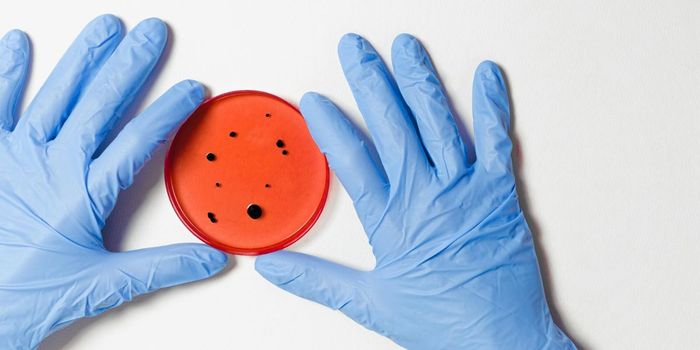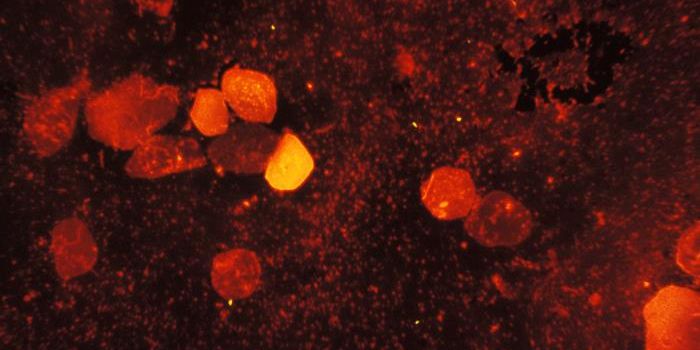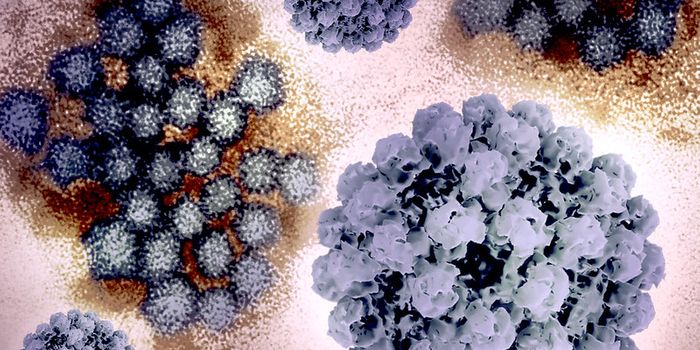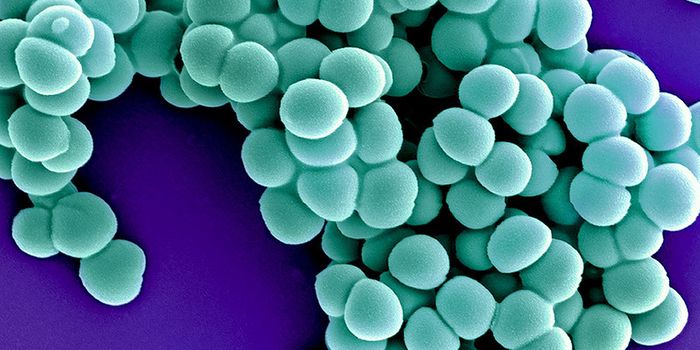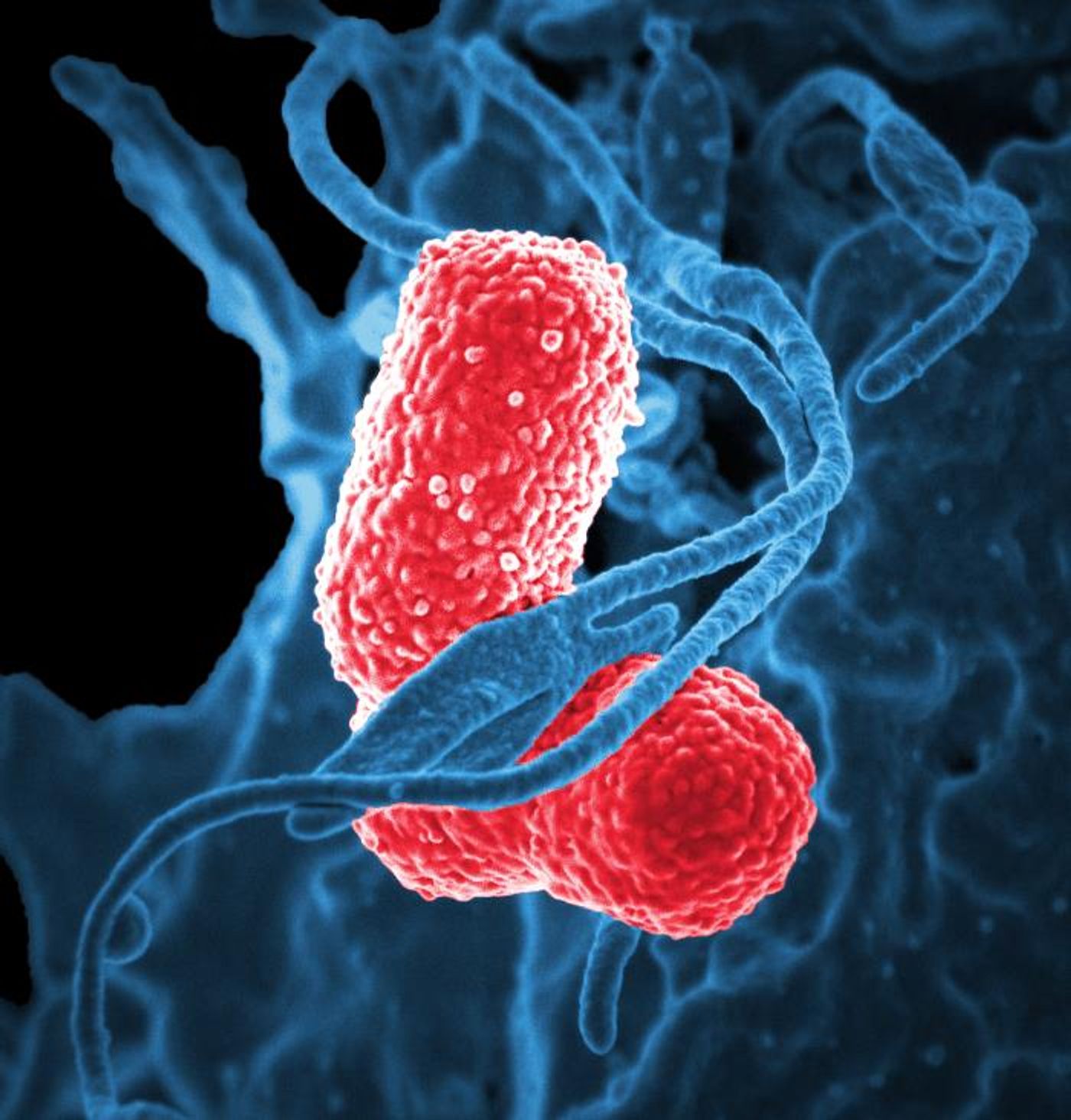
A Mutually Beneficial Relationship Between Superbugs
Partners can accomplish amazing things, and it seems that is true for bacteria. Large colonies of bacteria called biofilms become very resilient and can even gain new abilities. New research has shown that different types of bacteria can even work cooperatively to become more powerful. Scientists have revealed a collaborative relationship between Klebsiella pneumoniae and Acinetobacter baumannii, bacterial pathogens that can cause illnesses including pneumonia and urinary tract infections. They can even cause deadly infections of the bloodstream.

Both of these microbial pathogens have been highlighted by the World Health Organization because new antibiotics are needed to fight them. They are often identified in so-called polymicrobial infections, in which combinations of bacteria, fungi, parasites, and viruses cause illness. They are also a common problem in hospital-acquired infections.
This study has shown that Klebsiella produces metabolic byproducts that provide nutrition to Acinetobacter, and in return, Acinetobacter acts as a shield, releasing enzymes that degrade Klebsiella-destroying antibiotics. A combination of methods from various fields including microbiology, microscopy, and genetics were used in this effort; it illustrated an example of syntrophy, in which bacterial species are in a mutually symbiotic relationship, with one consuming the byproducts of another. The findings have been reported in Nature Communications.
In this research, the investigators analyzed strains of microbes isolated from a co-infection, and used an animal model to reveal "a mutually beneficial relationship" between Klebsiella and Acinetobacter. This allows Klebsiella to survive significantly higher antibiotic concentrations significantly than it would by itself, said Dr. Lucie Semenec of Macquarie University.
Co-lead study author Associate Professor Amy Cain of Macquarie University noted that the findings highlight the importance of screening for polymicrobial infections in clinical settings, because together, these pathogens are more dangerous and they feed off one another.
"This research is significant because diagnostic methods commonly look for the most dominant pathogen and therefore treatment is targeted at that," noted Semenec. "New drugs now can be informed in future research by the molecular mechanisms we find in this work."
Sources: Macquarie University, Nature Communications

